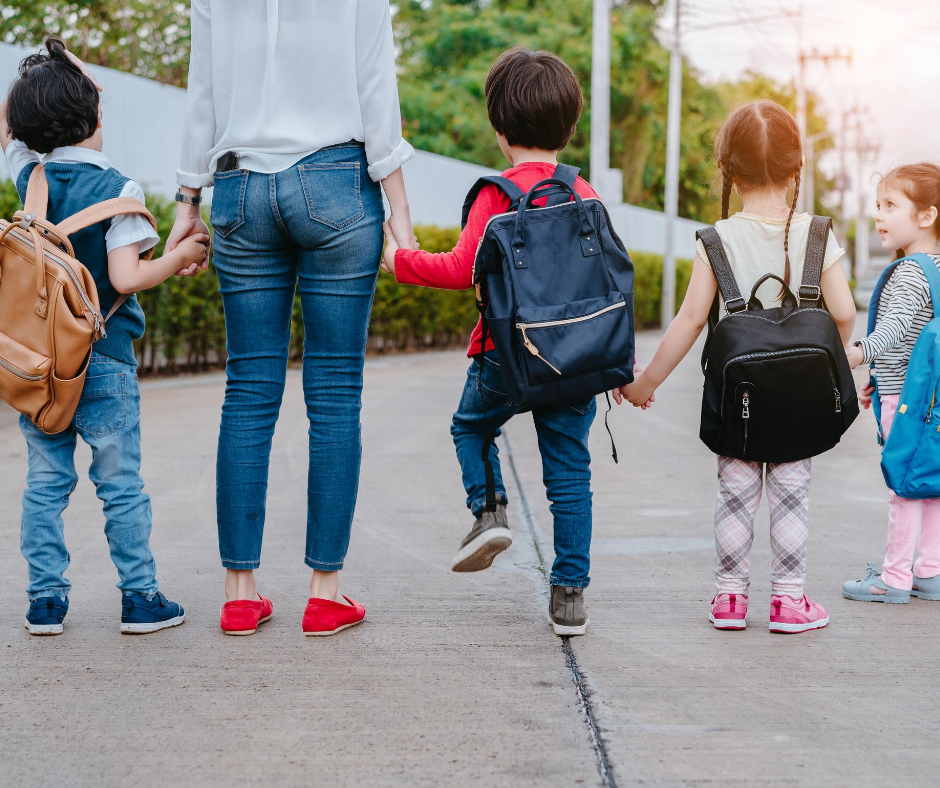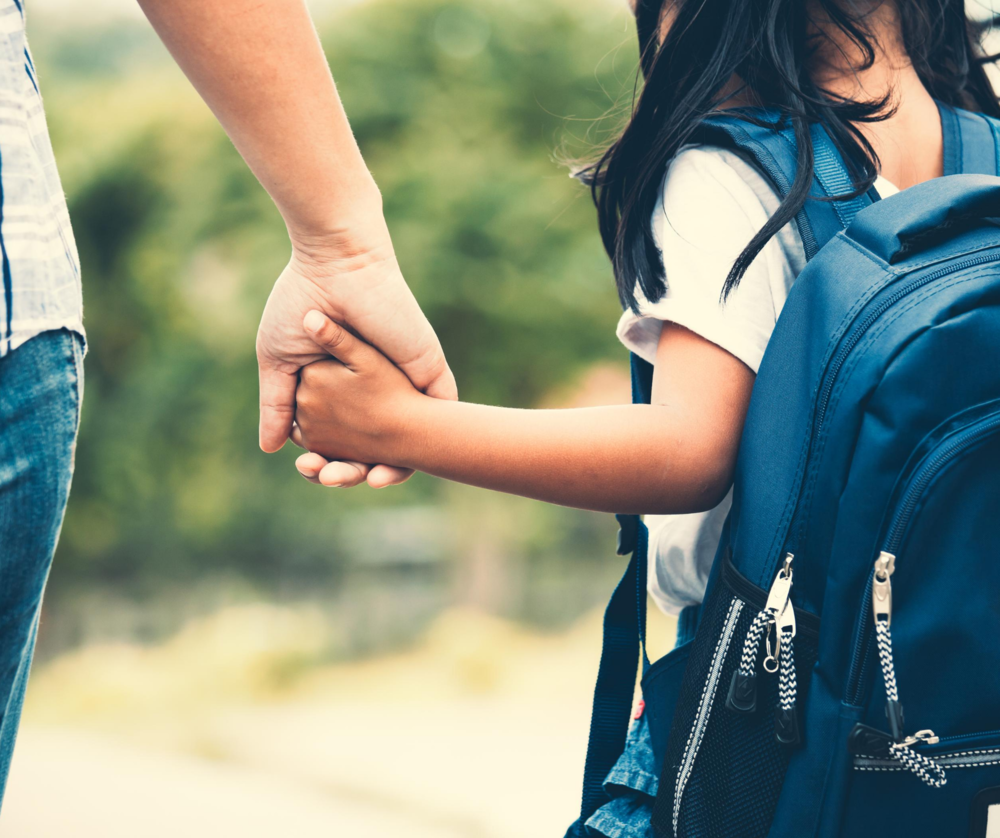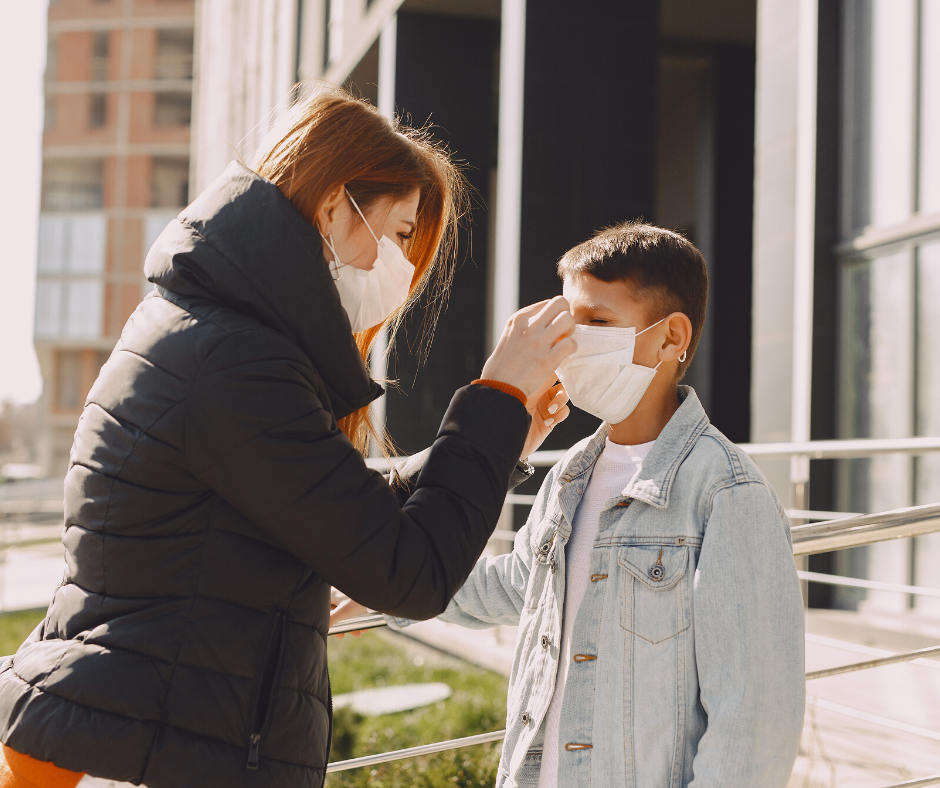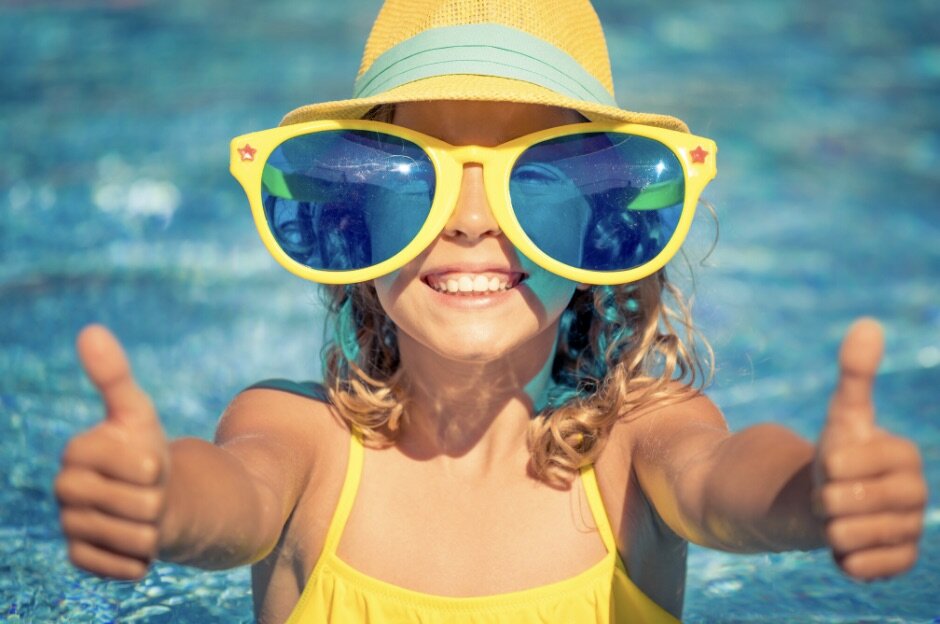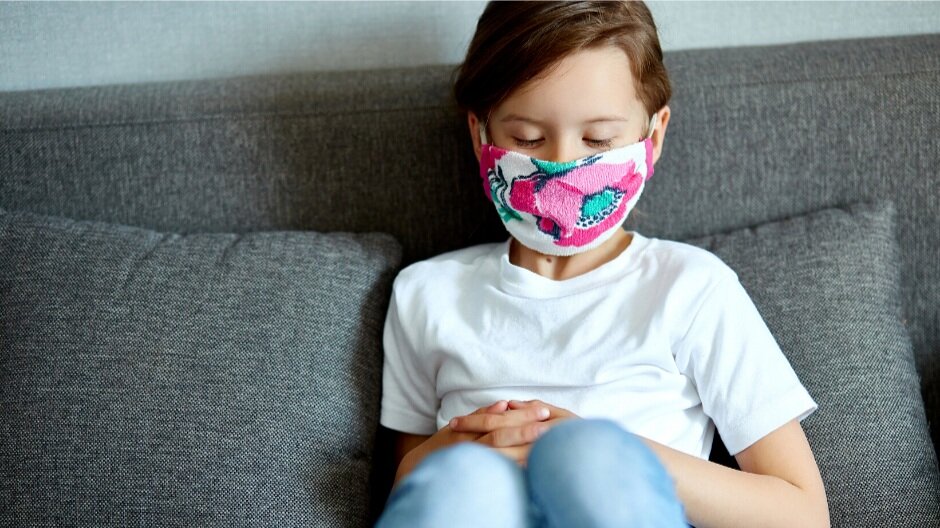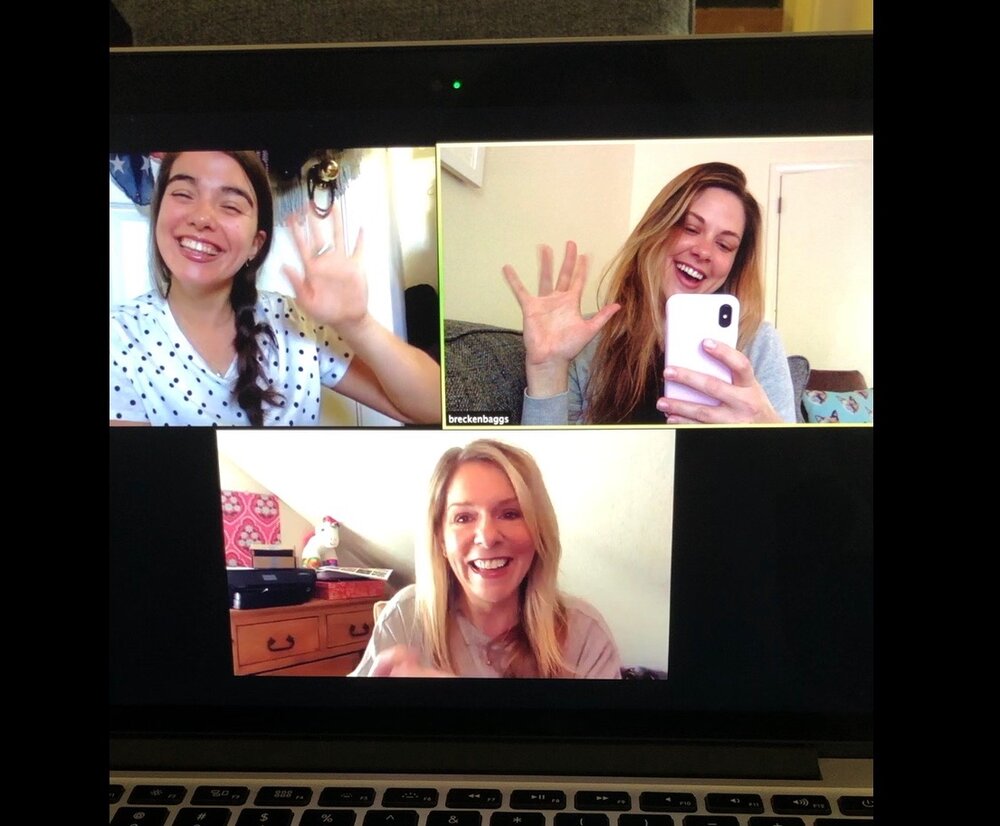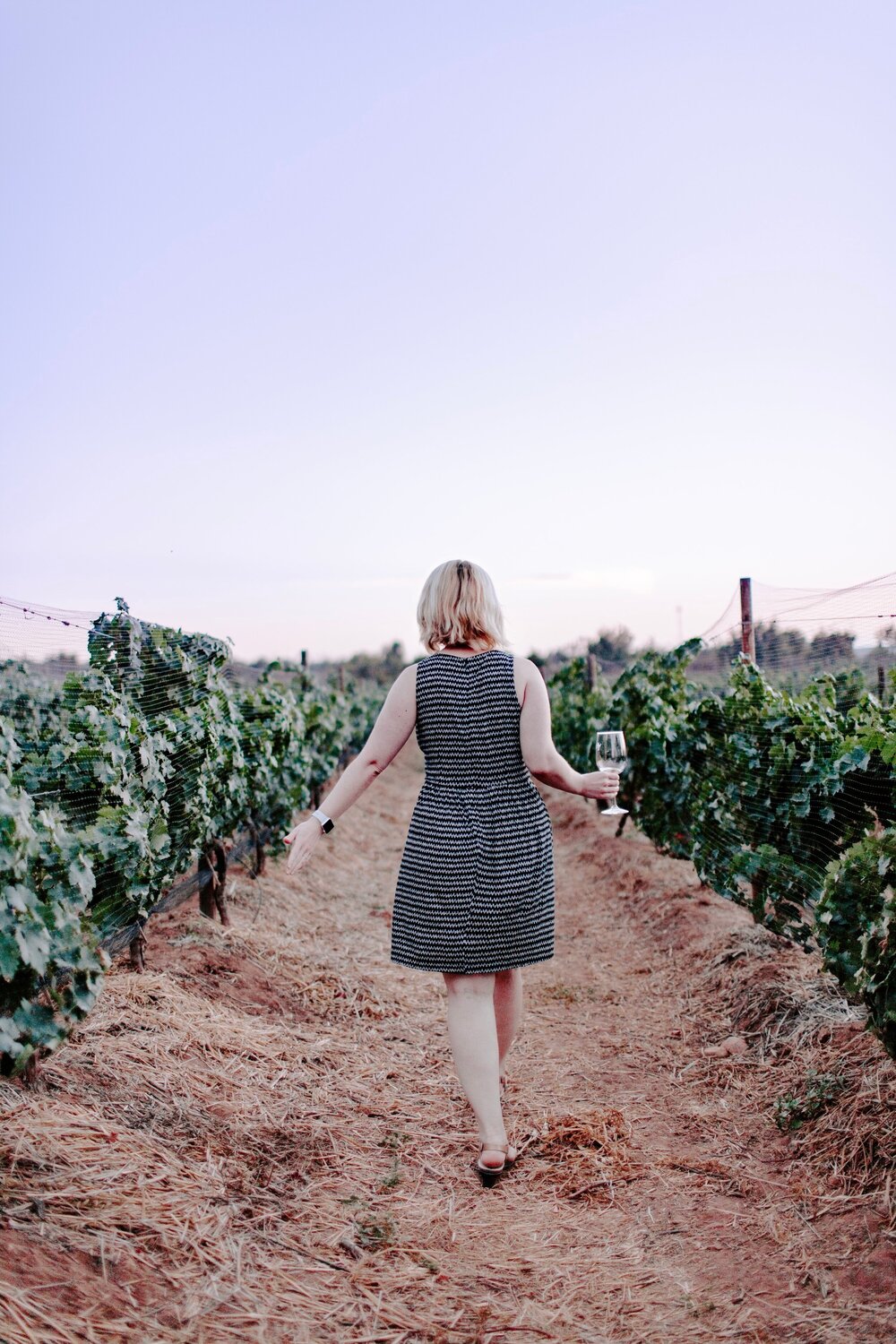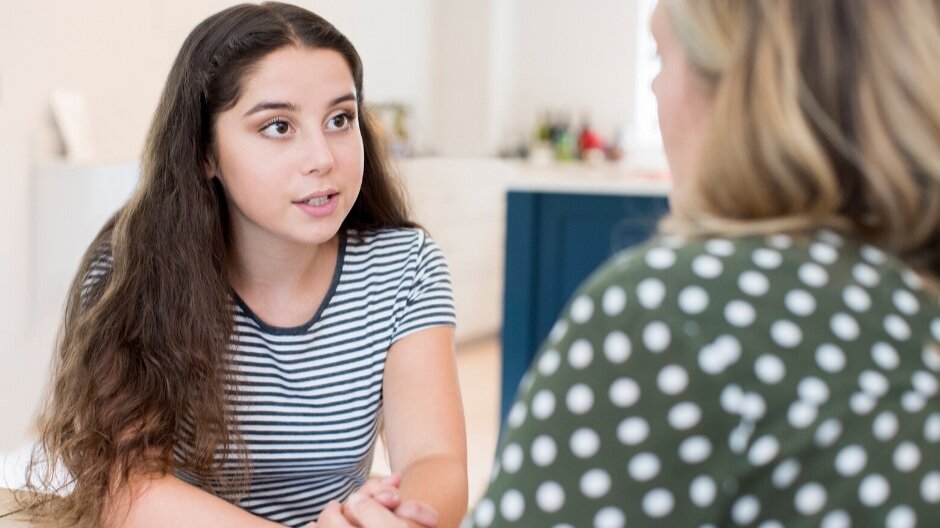
A lot of you have mentioned to me that you feel either “blah” or a bit underwhelmed right now. Many of you are leaning towards this blah feeling – a bit morose, a bit lackluster, and lacking energy and/or purpose. I want to identify the feeling for you. That feeling you’re having….it’s called learned helplessness.
Here’s the definition of learned helplessness: A condition in which a person suffers from a sense of powerlessness, arising from a traumatic event or persistent failure to succeed. It is thought to be one of the underlying causes of depression.
Hmmmm, sound familiar? We’re in the middle of pandemic. People we know and love are getting sick and we are burdened with deciphering medical information daily. Our nation is going through a process of much overdue healing and acknowledgement of systemic racism through national protests. If you’re a person of color, this feeling is likely even heavier than your white counterparts. We’re learning online and “zooming” everything – we’re disconnected, wearing masks, and everything is socially distanced. This is creating a huge sense of disconnect and powerlessness.
Maybe, you’ve gotten a bit ahead through a PPP loan, a very late unemployment check, a positive zoom call, getting school schedules set up only to face a setback, watch the news and feel overwhelmed with violence, job loss, or someone you love getting sick. It’s a lot to process right now.
This feeling of learned helplessness looks like disconnect, despair, sadness, withdrawal. It can cause a great deal of anxiety as well.
Does this sound like anyone? Are you feeling this way?
So, how do we address learned helplessness?
First, we must acknowledge what is happening and how we feel. We need words for our internal state. In psychology, we have a cheesy saying, “You’ve got to name it to tame it.” So first, we must call it what it is.
Then, start making decisions that give you options; and try to give choices to others, especially your children. Helplessness often comes from a feeling that we are closed in with little control. So, even small choices for yourself or others can feel helpful. Here are some examples:
· Where we’re working from
· Who we’re spending time with
· Physical boundaries at home to designate work space and personal space.
· Emotional boundaries about when, how and where we want to talk about stress or sadness
· How we’re taking care of ourselves – even in small ways
· Small choices like what we’re having for breakfast, what we wear that day or how we drive to work
· Putting a date on our calendar with someone we love
· Give two choices to a child, both of which are acceptable.
Next, create some structure. Structure, predictability and consistency are the key to battling fatigue and overwhelm. School starting will help because it imposes some structure. But, I also recognize that school may cause a great deal of stress right now as well. So, here are some other small ways to create structure and consistency.
· Establish a family game night
· Eat and plan meals together
· Attend religious functions, even if online
· Create bedtime routines now that we’re moving into fall and school
· Find an activity your family enjoys and put it on the calendar – this gives you all something to look forward to
In summary, I wanted to identify for you that “blah” listless feeling you may have been experiencing. It’s called learned helplessness. We must first name it, then acknowledge it, then give ourselves some chances to make choices and establish routines.
I’m thinking of all of you as we navigate our way through these new periods and ever-changing times. Take care of you. Hug your kids. Reach out for help. I’m here for you!
With compassion,
Dr. Amy
Please join our FB group- Here
